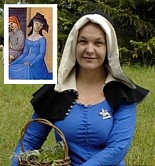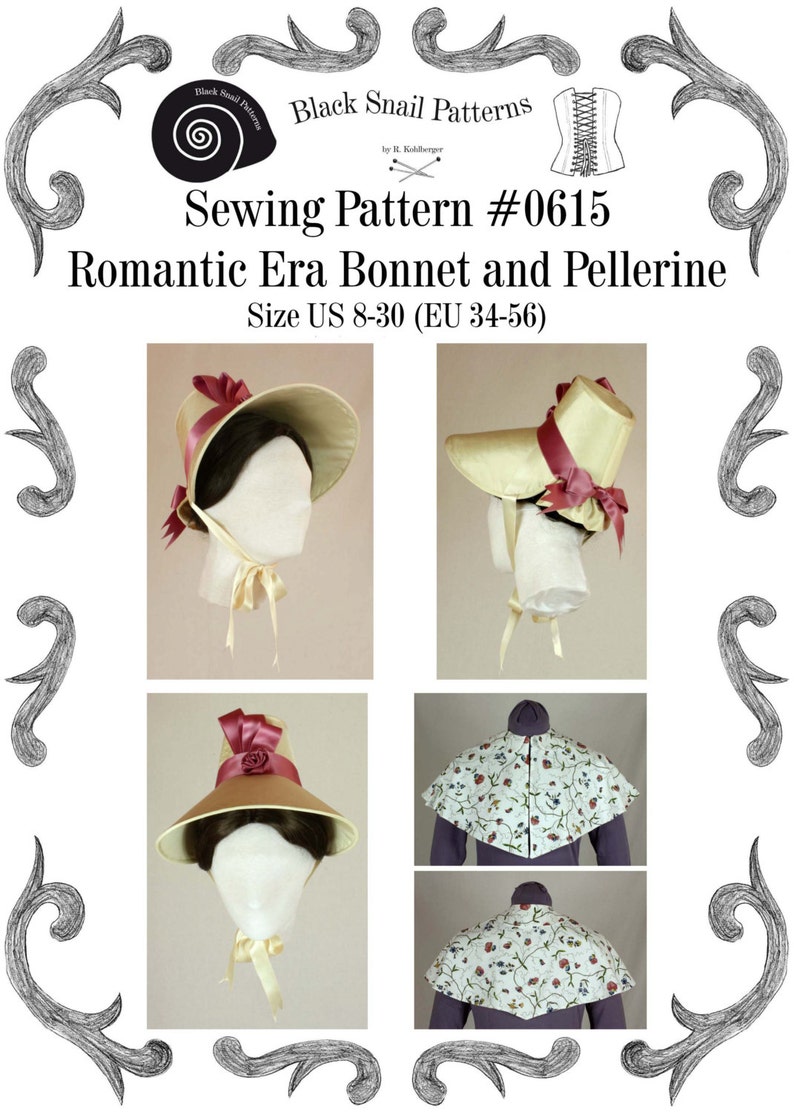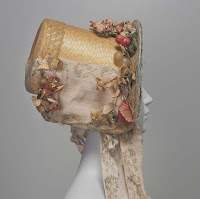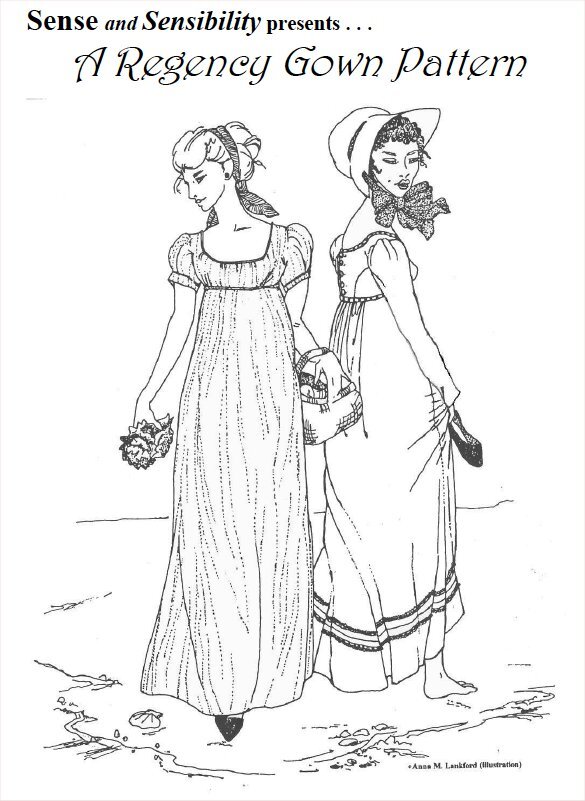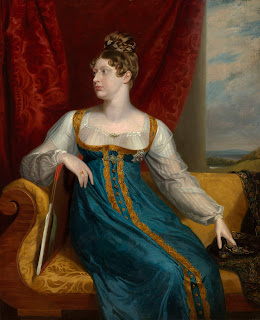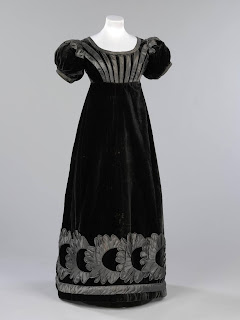This is going to be a fairly light post with links and images to inspiration sources I have for each of my final ideas. This is not a decision post, because I haven't decided yet!
1. Pseudo-medieval hood(ie)
This image from Rosalie Gilbert has a shape I love. I prefer closed to open hoods, but the buttons would allow me to make a hood in the open style but which can be closed when I want or need more insulation from the elements. She also includes a useful way to draft an appropriate pattern for this style.
Couture Mayah's post from 2011 shows a rather beautiful hood where she trims the hood using a contrasting wool for the dagging at the edges.
Racaire's Workshop has images of a lovely embroidered hood made in c2009. While the quality of the embroidery I feel is far beyond my current abilities, I am inspired by the use of contrasting the thread and fabric colours. Racaire suggests using chain stitch, which I know and could possibly work with providing the imagery was Very simple.
Notably both the previous two examples refer to the Medieval Tailor's Assistant book, which I already own.
Finally, I was really inspired by the decorations on the second (green) hood shown by Maille is Riveting. The idea of a simple band of decoration, plus the leaf-shaped dagging really got me excited to have a go.
I think that even if I don't do this for the Challenge, I want to do one anyway before the end of the year! In that situation, I will probably make the shape somewhat different from a normal late medieval hood, and take inspiration from ponchos (a longer back), consider making the front more of a scarf cross-over effect, and dropping the liripipe altogether.
2. Simple Regency bonnet
This is the bonnet pattern that happened to fall into my basket during the recent Black Snail sale:
I could potentially trim the shape with autumnal themed items, like berries and leaves. I'm not sure, however, how autumnal colours will go with the petrol-blue of the dress I want to make.
This hat from the Museum of Fine Arts, Boston, is a nice inspiration for trimming an 1820s hat. Although with the MFA hat being of a different shape to my pattern, I can't be certain how accurate it would be to transfer that style of decoration across to another type of bonnet.
Another 1820s hat, but from the Met Museum, which has a brim somewhat closer to that of the pattern above. This one is even decorated in a style that could be described as almost Autumnal!
For a style closer to the pattern, these images from a fashion plate of 1818 (La Belle Assemblée) show floral, foliage and ribbon decorations. Source: Flickr.
3. Trimmed late Victorian hat
Flipping through the Met Museum's web archive, I can see that straw based hats with wider brims were in fashion (with variations of course) from the 1890s through to the 1910s. That covers the 1890s of the fan skirt alongside the "Edwardian" of the blouse. While this costume would not be historically accurate together, I feel that none of it would be too out of place aesthetically when worn together.
Possible sources of inspiration (All (c) The Metropolitan Museum of Art)
This hat is dated 1892-95 and is made of straw with silk and feathers. The floral top decorations could make a nice historically inspired hat, but this hat itself would be useless in a practical sense because it is angled so as to leave the entire back of the head and neck exposed. No good if I wanted to wear this to keep the sun off.
The Met also have a lovely simple boater from c1890, but I would be unsure whether that would be a woman's hat. That said, in a non-accurate costume, does that matter?
Moving forwards to the 1910s, I found some much more useful images for inspiration. By this decade the hats seem to be angled towards the back of the head again, making them more useful for my modern wear. They are exceedingly extravagantly decorated in some cases, but that might be good for the Challenge, and at the same time, I can deviate if I choose since I'm not intending on creating a true replica.
This 1910s straw hat has a band of what might be velvet underneath the brim, and a large cluster of flowers across the front brim. This style could be an awesome source for a Challenge hat - Straw base, autumnal coloured velvet band, and then a riot of autumnal leaves and flowers with a large ribbon around the crown.
Another straw hat dated c1911 shows how the brim width and crown depth could vary. That's quite useful when finding a relatively inexpensive base straw hat to begin with.
Instead of straw, this c1910 hat is described as being made of cotton, although in a similar shape and weave to the straw ones above. Like the first 1910s straw hat, this one has a band of fabric below the brim, and a wide band around the crown (of the same colour in this instance).
A last straw hat, dated again to c1910, is also made of straw. It's quite a bright yellow, compared to the first two so may possibly be dyed, or even painted? In common with the first and third of 1910s hats linked above this hat has a band below the brim, and another around the crown. As for the first straw hat, the hat is decorated with flowers and leaves although here they are attached onto the front of the crown itself. This hat is also different in that it isn't the simple circular or oval shape, but instead has a downward sweep almost presaging the 1920s cloche hat. It's a rather lovely hat to take as a modern sunhat due to the deep drop of the brim towards the back, which would nicely protect the nape of the neck.
Unfortunately, due to rights restrictions, none of images of the 20th Century hats can be reproduced, so you'll need to look at them on the Met's website.

